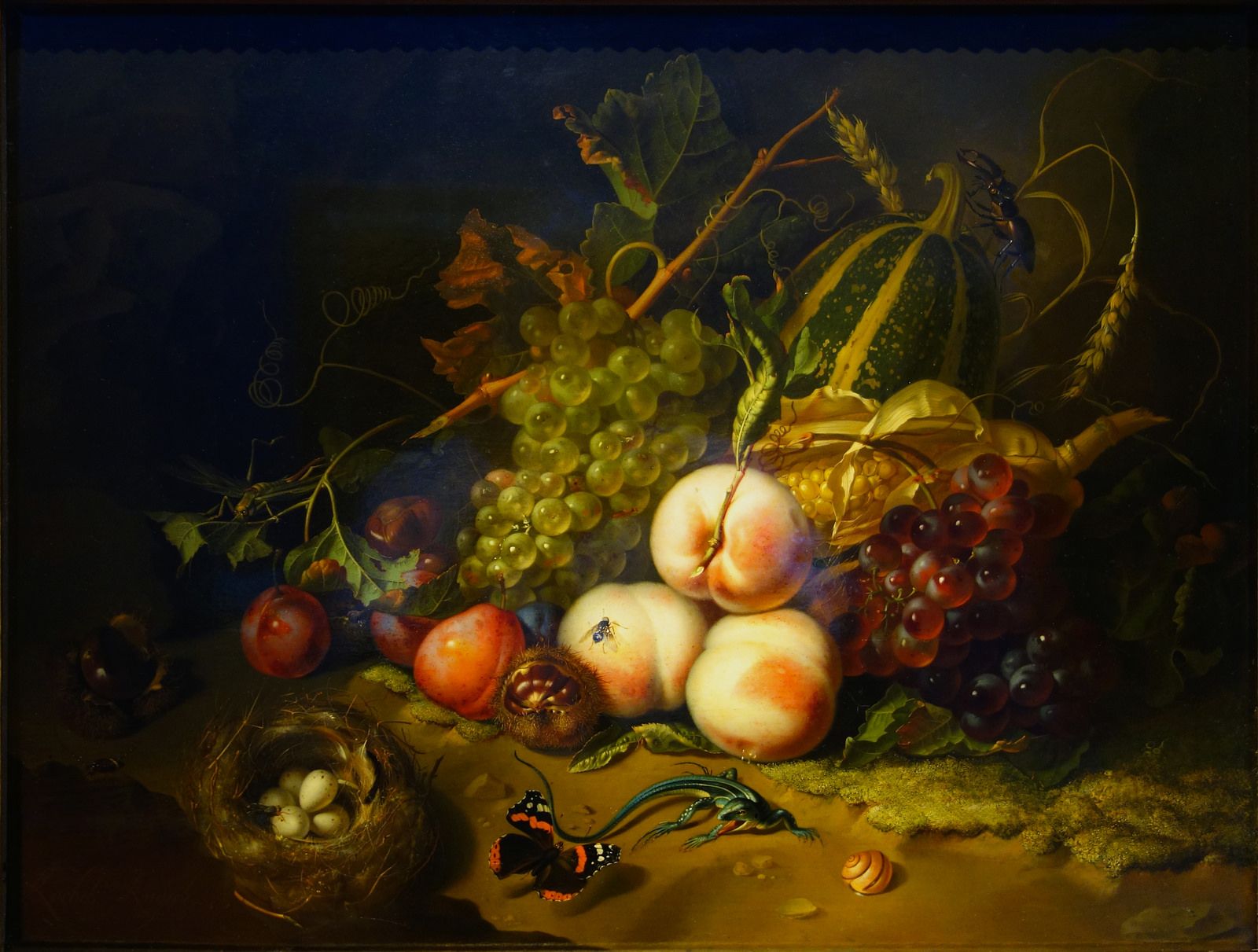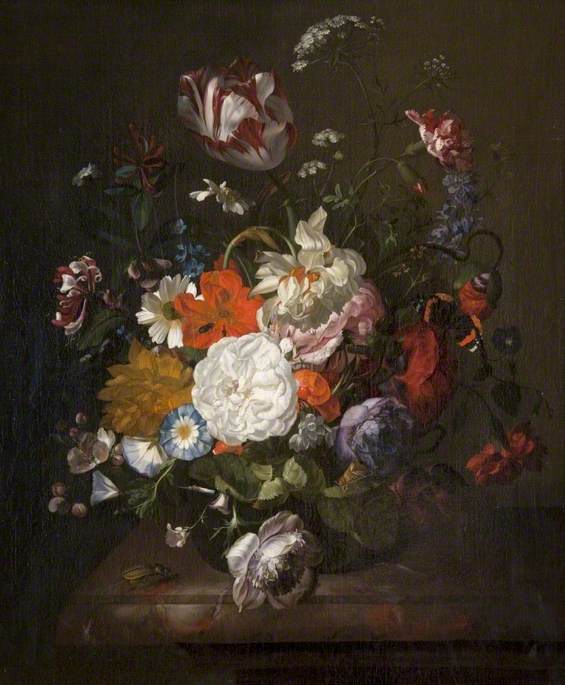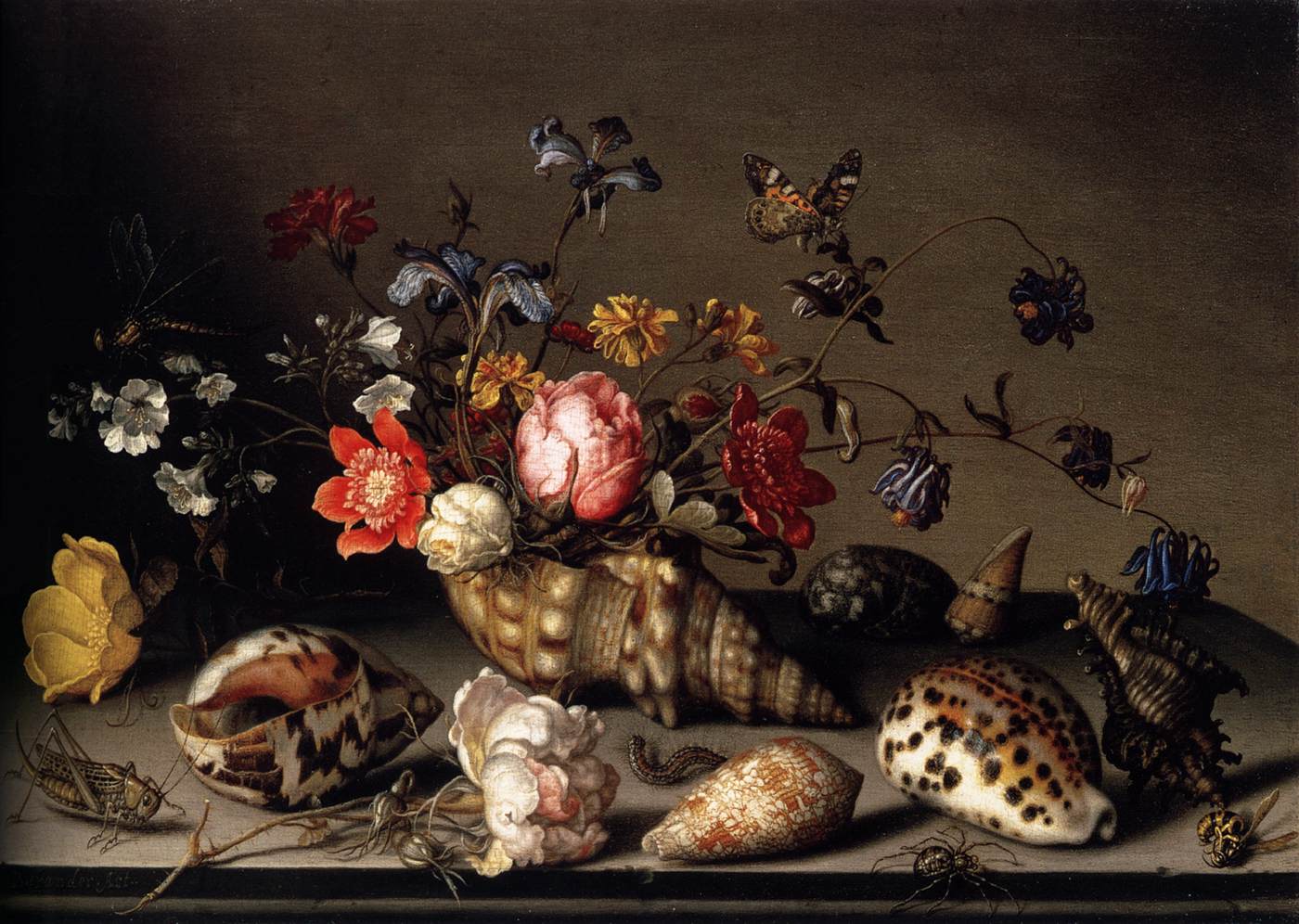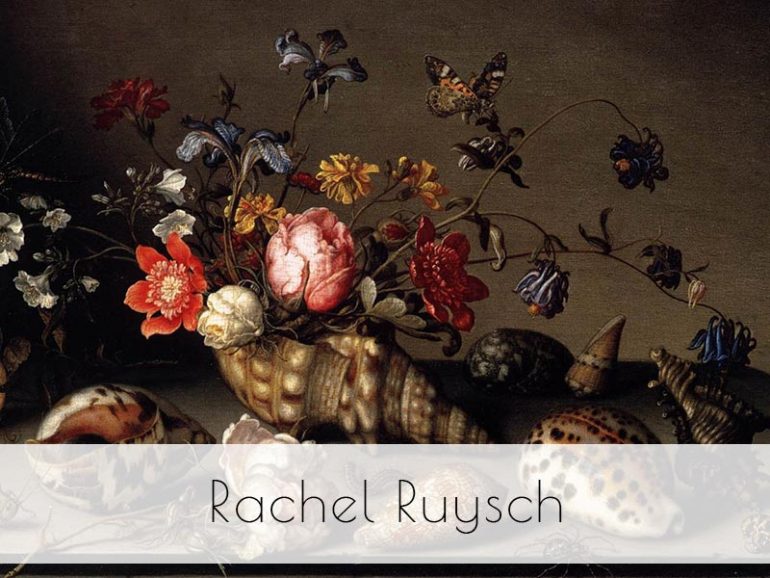In the realm of Dutch Golden Age painting, where masters like Rembrandt and Vermeer reign supreme, Rachel Ruysch carved out her own niche as one of the most talented still-life painters of her time. Born on June 3, 1664, in The Hague, Rachel’s fascination with the natural world and her innate talent for capturing its beauty would propel her to become one of the most celebrated artists of the era.
Rachel was born into a family of artists; her father was a prominent anatomist and botanist, and her mother was the daughter of a famous architect. This familial background provided Rachel with a deep appreciation for the natural sciences and a keen eye for detail, both of which would greatly influence her artistic style. Under the tutelage of her father, Rachel began studying drawing and painting at a young age, honing her skills and developing a unique approach to depicting the natural world.
Artistic Style and Inspirations
Rachel’s artistic style was characterized by its meticulous attention to detail, vibrant colour palette, and exquisite rendering of botanical subjects. She drew inspiration from the burgeoning interest in natural history and botany that permeated Dutch society during the 17th century. Rachel often incorporated exotic flowers, insects, and other elements of the natural world into her compositions, creating richly textured and visually stunning still-life paintings.
Notable Works
Still Life with Flowers on a Marble Tabletop (1716)
In this exquisite composition, Rachel showcases her mastery of colour and texture, as well as her ability to create a sense of depth and dimensionality. Vibrant blooms cascade across a marble tabletop, their delicate petals and intricate details rendered with remarkable precision. A butterfly hovers above the flowers, adding a sense of movement and vitality to the scene. Rachel’s skilful handling of light and shadow imbues the painting with a sense of luminosity, further enhancing its beauty and realism.

Fruit and Insects (1711)
In this captivating still life, Rachel combines elements of the botanical and the entomological to create a scene teeming with life and activity. A variety of fruits, including grapes, peaches, and plums, are arranged alongside colourful flowers and foliage, while insects crawl and flutter among the ripe produce. Rachel’s keen observation of nature is evident in the meticulous detail with which she renders each individual element, from the delicate veins of the leaves to the iridescent wings of the insects.

Flower Still Life with Insects (1707)
This stunning composition exemplifies Rachel’s ability to capture the ephemeral beauty of nature in all its glory. A profusion of flowers, ranging from roses and tulips to lilies and irises, fills the canvas, their petals unfurling in a riot of color and form. Butterflies, beetles, and other insects flit among the blooms, their presence adding a sense of vitality and movement to the scene. Rachel’s skilful use of light and shadow imbues the painting with a sense of depth and atmosphere, drawing the viewer into a mesmerizing world of beauty and wonder.

Still Life with Flowers and Shells (1700)
In this captivating composition, Rachel’s seamlessly blends elements of the botanical with the marine, creating a scene that is both visually striking and thematically rich. At the centre of the painting, a lush bouquet of flowers bursts forth from an ornate vase, their petals delicately unfurling in a riot of colour and form. Roses, tulips, and lilies mingle with sprays of foliage, their vibrant hues contrasting against the dark background.
Surrounding the floral arrangement are a collection of seashells, arranged in careful clusters upon a marble tabletop. Each shell is rendered with exquisite detail, their intricate patterns and textures meticulously captured by Rachel’s skilled hand. Some shells lie open, revealing glimpses of their pearly interiors, while others remain tightly closed, hinting at the mysteries concealed within.
The juxtaposition of flowers and shells serves as a potent symbol of the interconnectedness of the natural world, as well as a reflection of the Dutch fascination with exploration and discovery during the Golden Age. Rachel’s meticulous attention to detail and her masterful use of light and shadow imbue the painting with a sense of depth and realism, drawing the viewer into a mesmerizing world of beauty and wonder.

Through her masterful depictions of the natural world, Rachel not only captured the beauty and diversity of plant and insect life but also paved the way for future generations of artists to explore the rich tapestry of the natural world through their work. Her legacy as one of the foremost still-life painters of the Dutch Golden Age continues to inspire and captivate audiences to this day.
If you would like to receive a roundup of all of our blog posts once a week to keep you inspired in your inbox, why not sign up to our newsletter. You can access our sign up at the top of our page. If you are a London Art College student and you would like your artwork featured here, drop us a line at any time.

